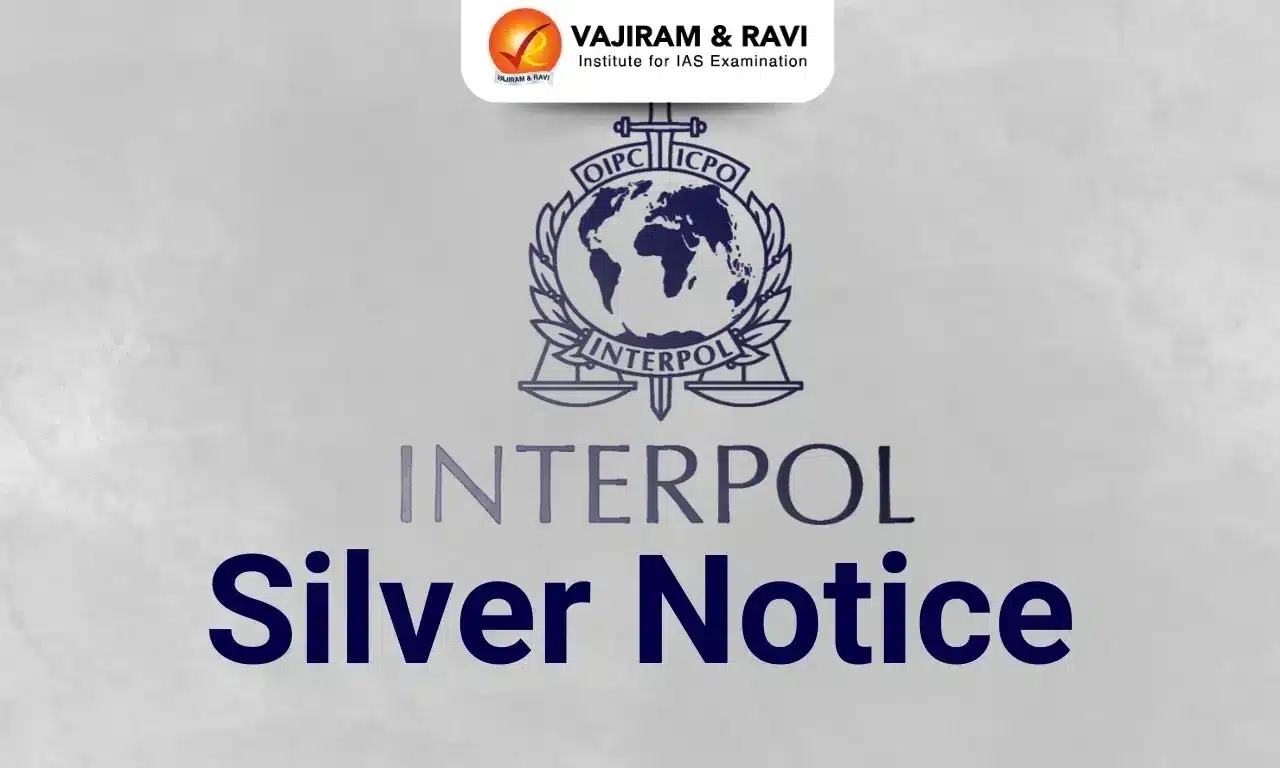Offshore Security Coordination Committee Latest News
Recently, the Indian Coast Guard (ICG) chaired the 137th meeting of the Offshore Security Coordination Committee (OSCC) in New Delhi.
About Offshore Security Coordination Committee
- It was constituted in 1978 to ensure the effective functioning of offshore security arrangements.
- Since then, the committee has contributed effectively in framing policies and providing guidance and resolution to Offshore Defence Area related issues.
- It was constituted to ensure smooth and efficient functioning of offshore security arrangements, and to identify peace-time threats to offshore installations, such as terrorism and sabotage.
- The OSCC develops contingency plans to be implemented by various agencies in respect of offshore security.
- The exponential growth in the offshore Oil and Natural Gas sector has necessitated a manifold increase in the responsibilities of the ICG, in terms of responding to breaches of security, or likely threats, as well as fishing activity in the vicinity of oil platforms that could jeopardize safety.
- Chairman: Director General, ICG
Key Facts about Indian Coast Guard
- It is an armed force that protects India’s maritime interests and enforces maritime law, with jurisdiction over the territorial waters of India, including its contiguous zone and exclusive economic zone.
- It was formally established in 1978 by the Coast Guard Act, 1978 as an independent Armed force of India.
- It operates under the Ministry of Defence.
- It is headed by the Director General Indian Coast Guard (DGICG).
- Headquarters: New Delhi.
Source: PIB
Offshore Security Coordination Committee FAQs
Q1: What is meant by territorial water?
Ans: Territorial waters are informally an area of water where a sovereign state has jurisdiction
Q2: What is an Exclusive Economic Zone (EEZ)?
Ans: EEZ, as defined under UNCLOS, is an area of the ocean extending up to 200 nautical miles (370 km) immediately offshore from a country’s land coast in which that country retains exclusive rights to the exploration and exploitation of natural resources.










